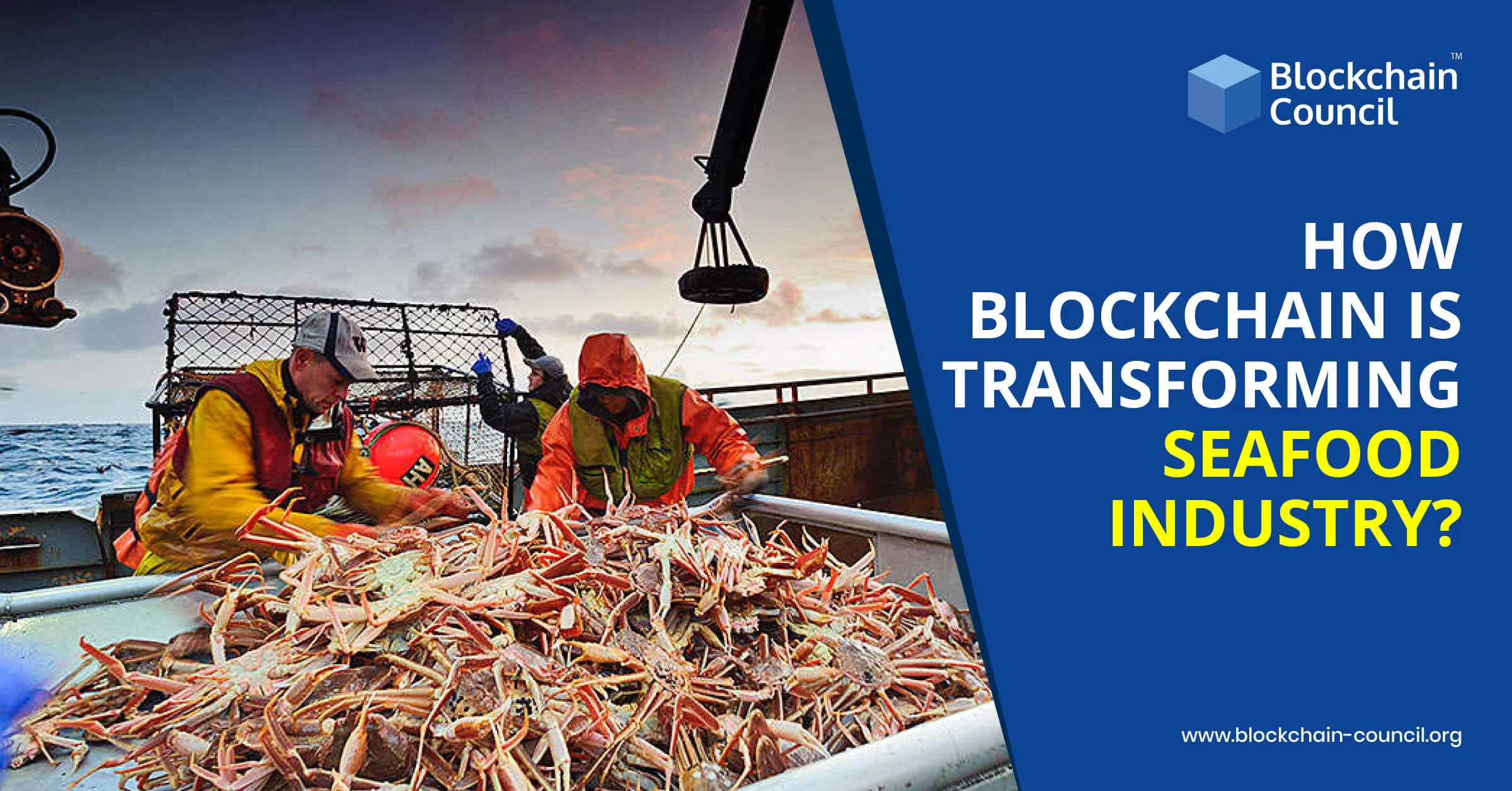
- Toshendra Kumar Sharma
- April 01, 2020
This article talks about how blockchain technology is transforming the seafood industry for good, focusing on traceability and transparency; the topmost governing factors for the rise of seafood.
Learning Of Blog
- Introduction
- Traditional traceability systems vs Blockchain
- Potential of Blockchain in seafood
- Conclusion
Introduction
The seafood industry is one of the world’s largest and oldest market sectors. As the industry is made up of complex global supply chains, it is subjected to suffer from social and environmental challenges. Traceability and transparency along these supply chains are the major concerns that can be fulfilled by the potential value of blockchain technology.
Before exploring how Blockchain maintains transparency in the supply chains, let’s revise its definition.
Blockchain is a chain of data known as “blocks” stored on hundreds and thousands of computers or servers distributed over a wide geographical area. It is a complete ledger that maintains a copy of all the credit and debit transactions of a digital asset.
But the major question lies what are the major challenges that cause poor management of fisheries? The three main malpractices include illegal fishing, unreported fishing and unregulated fishing,(IUU) that is destroying and depleting marine habitats. Traceability and transparency can be seen as the near solution to this problem.
Want to learn Blockchain Technology. Check out the best Blockchain certification courses here.
Traditional Traceability System vs Blockchain Technology
Here are a few characteristics that make Blockchain exceptional in comparison to the traditional traceability system.
Decentralization- Unlike the traditional system of transparency, Blockchain follows a decentralized approach, and there is no central authority. There is a set of rules that everyone must follow.
Immutability- Unlike traditional seafood traceability systems where data can be altered easily, Blockchain prevents data tampering.
Blockchain is distributed- Blockchain is distributed as multiple nodes carry a complete copy of the data; it is inherently resilient to failure.
Curious to learn this amazing technology? Check out the best blockchain certification courses here.
Potential of Blockchain in seafood
Despite seafood being the largest industry of the planet, this domain is often unreported and unregulated. According to the Fishcoin project, 89% of fish stocks are at capacity and, 89% of global wild fish stocks are overfished or being fully exploited, while 50%+ of seafood is thrown away.
Blockchain, a distributed ledger technology, can increase efficiency and transparency in global seafood chains. Blockchain in this industry can lead to greater openness, eliminating uncertainty and curbing sustainability and food safety concerns.
According to research firm Gartner, it is estimated that 20% of the top global grocers will use Blockchain by the year 2025.
Let’s see how blockchain technology eradicates imbalances in the marine ecosystem.
Blockchain offers a shared, distributed database that is accessible by everyone in the supply chain and is tamper-proof, and also it helps in bridging the gap between various partners.
The complete process goes in this way
- With Blockchain Technology, one has to register their catch on the blockchain network by entering the necessary details like type of species, time, location and even the weight of the fish and also the gear one is using.
- After the data is entered, it follows the fish throughout the supply chain. With the integration of the concept of IoT, Blockchain can connect data from each trawler to respective their processors. It enables real-time monitoring of the seafood as it moves along with the supply chain.
- When fishers catch the fish, they can attach a radio frequency identification (RFID) tag with a unique ID number.
- When fish moves towards the processor, the tag gives out real-time information regarding its location, condition, and number of people during its journey. In this way, Blockchain can track every movement of seafood.
- And then finally, when it reaches the store, the entire journey can be traced by scanning a code on the package.
Thus Blockchain provides opportunities in the seafood industry that lead to the improvement in operating efficiency across the supply chain. It also equips the end consumers with trustworthy product information with increased data sharing and interoperability among each other.
Conclusion
Blockchain technology has the potential to contribute to these goals but is relatively new and in its early adoption phase with many technological and socio-economic issues.
When it comes to governance and management level, stakeholders are connected on a distributed ledger, which will increase the traceability and transparency of the industry where products can be easily tracked and traced, and activities are carried out by the form of agreement.
On a consumer level, it enables consumers to have better sustainable seafood products by accessing a wide range of relevant information like the location of catch, sustainability indicators, and others, thus offering a powerful tool to make a well-informed choice and select organizations that embrace sustainability challenges.
To know more about Blockchain technology and become a blockchain expert, check out Blockchain Council.

































































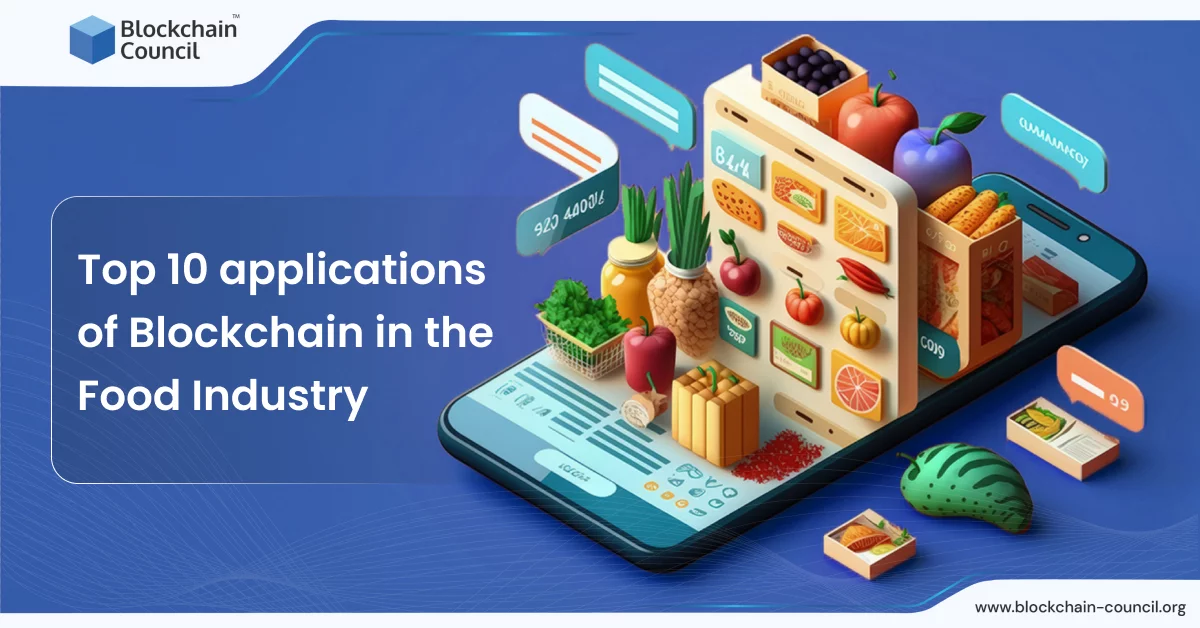
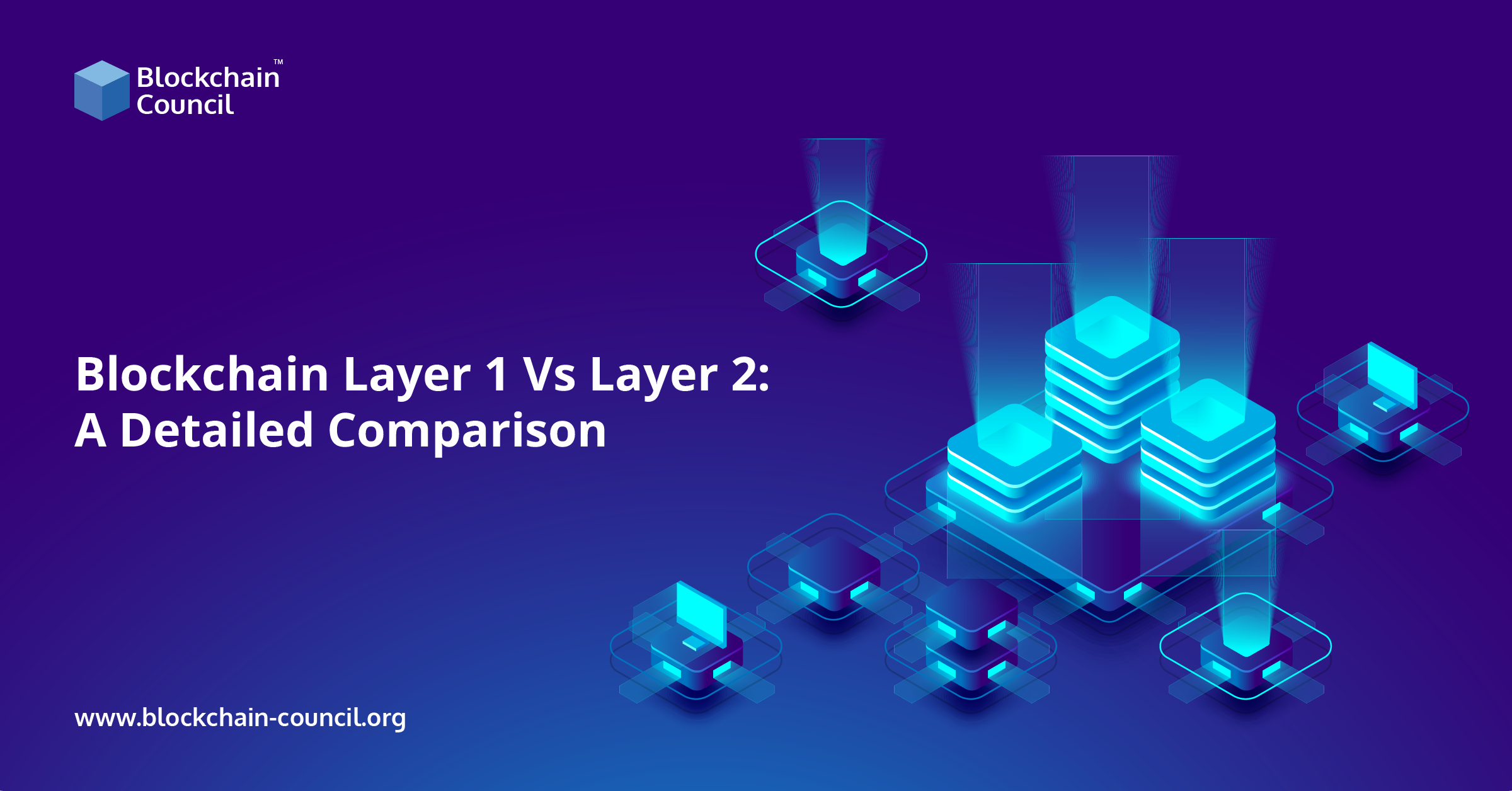
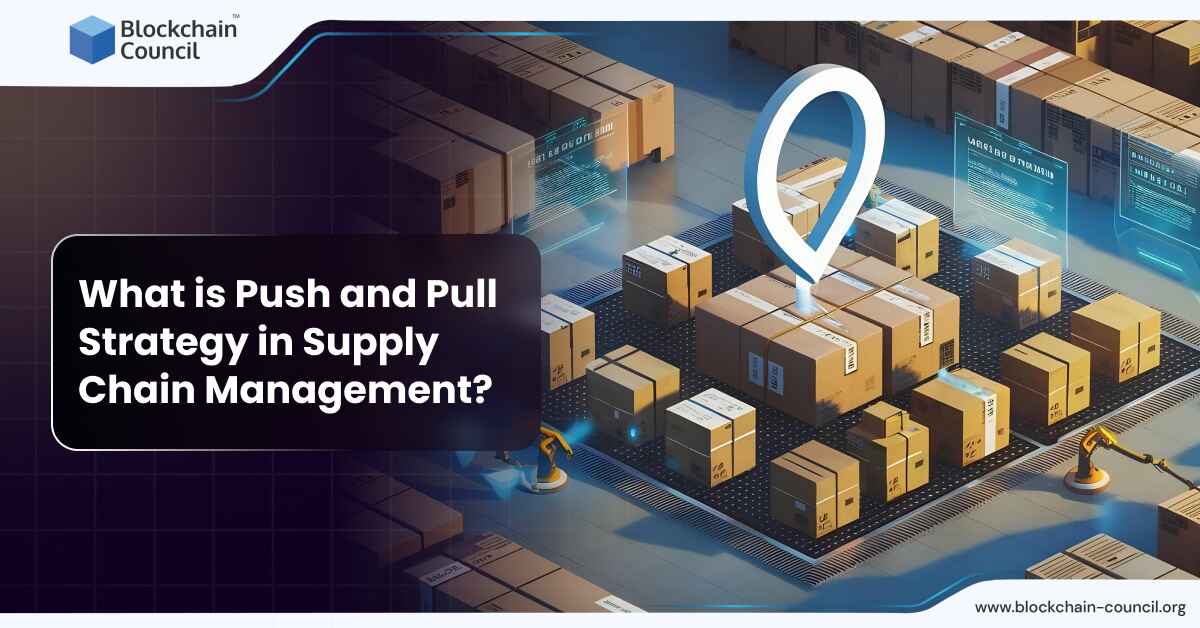
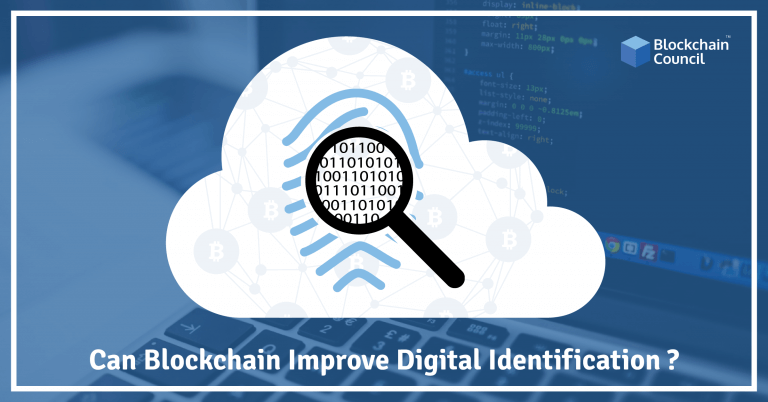
 Guides
Guides News
News Blockchain
Blockchain Cryptocurrency
& Digital Assets
Cryptocurrency
& Digital Assets Web3
Web3 Metaverse & NFTs
Metaverse & NFTs
